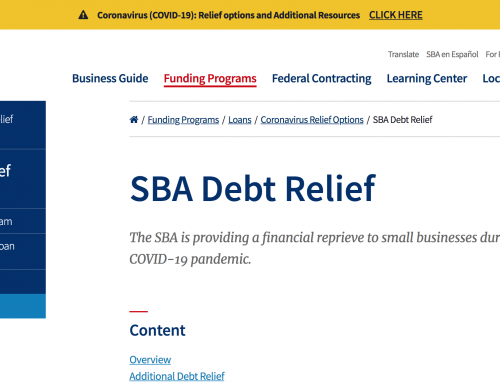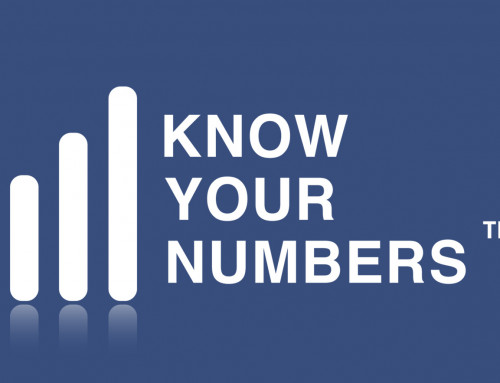Podcast: Play in new window | Download
Subscribe: Apple Podcasts | RSS
In this particular episode, you will learn
- About the Balance Sheet and Income Statement
Podcast transcript:
Topics
Introduction
Summary of Statements
Introduction
Financial statements provide valuable financial and operational information about an entity. Different operating entities can include: businesses, charities, trusts, governments, investment portfolios, and individuals. Financial statements serve several purposes for the users of financial information, referred to as stakeholders. Investors want to know whether or not they should put money into a business. Major donors want to see how a charity is being operated. Lenders need information to see whether they should loan money. Someone interested in working for a company might want to learn more about how the business makes money and if there is enough money to pay the employees.
Stakeholders do not need to be accountants to get value out of financial statements, but must know where to look. A complete set of statements, also referred to as financials, includes a balance sheet, income statement, statement of shareholders’ equity, cash flow statement, and the notes. For a publically traded corporation, the complete set of statements can have over a hundred pages and contain several years of information. The content is audited by an independent accounting firm to verify the information released to the public. The statements and notes combined create a complete set of financials.
Summary of Statements
Balance sheet: Reports the financial position at a point in time and reflects the accounting equation format: Assets = Liabilities + Equity
Includes
- Assets: cash, accounts receivable, inventory, and equipment
- Liabilities: accounts payable, notes payable, and bonds
- Equity: common stock and retained earnings
Income statement: Reports the financial performance for a period of time and shows profit or loss in the format: Revenue – Expenses
Includes
- Revenue: sales and income
- Cost of goods sold: costs of inventory sold
- Expenses: general costs of doing business
Statement of shareholders’ equity: Reports the sources and changes of equity
Includes
- Changes in equity due to financing: stock issues
- Changes in retained earnings due to: profit or loss and dividends
Cash flow statement: Reports changes in cash between accounting periods
Includes
- Cash flow: operating, investing, and financing
Notes to the financial statements: Reports information not covered in other statements
Includes
- Accounting methods: basis of financial presentation
- Relevant topics: changes, risks, uncertainties, accounting developments, investments, taxes, and information specific to the business
Statements are presented together to form a complete financial picture. As an investor, I might check the balance sheet to see how much cash there is in the asset section and learn about what debts there are in the liabilities section. Next, I can look at equity to see how much others have invested in the business. I will look at the income statement to see if the company is earning money after expenses or losing money. I can see the cash flow statement to verify that cash is actually being collected for the sales reported on the income statement. Finally, the notes to the financial statements will have information such as accounting methods and operational details which provide deeper insight into the business. All of the financial statements will be looked at and taken as a whole before the decision to invest is made.





Leave A Comment